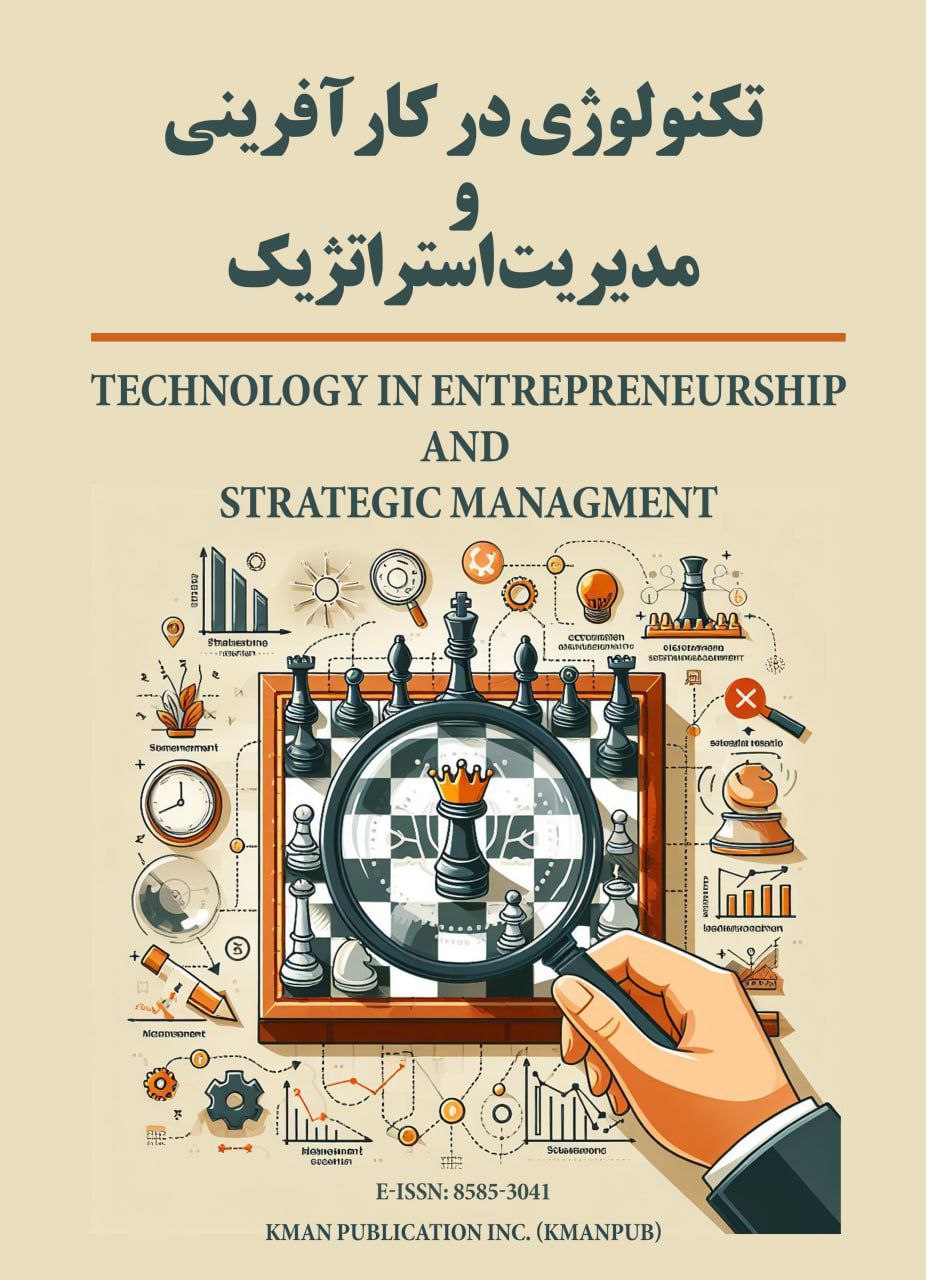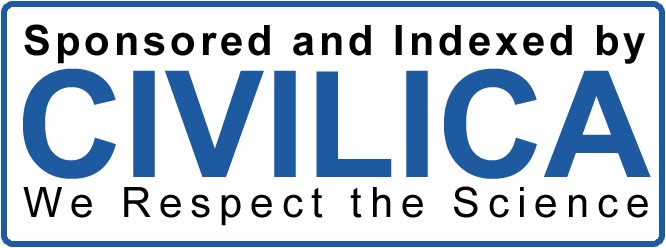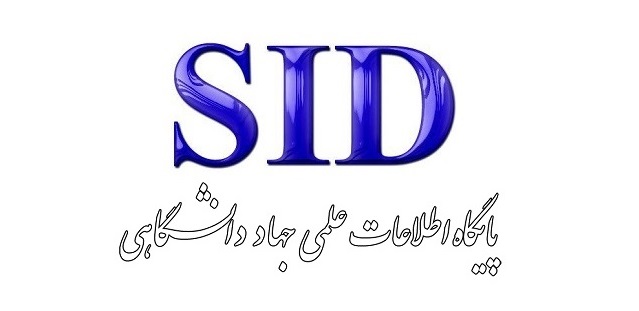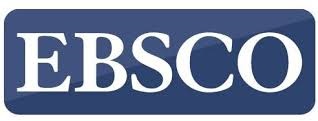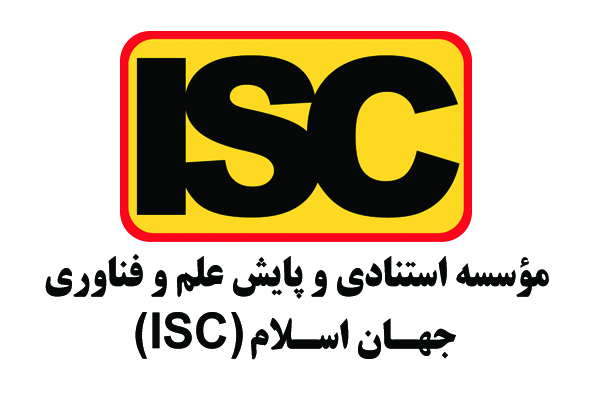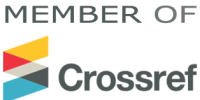بررسی رابطه بین ظرفیت جذب، فعالیتهای نوآور باز و عملکرد شرکت با نقش میانجی استراتژی نوآوری
کلمات کلیدی:
ظرفیت جذب, فعالیتهای نوآوری باز , عملکرد شرکت , استراتژی نوآوری و شرکتهای کوچک و متوسطچکیده
نوآوری باز تأثیر مهمی بر فعالیتهای نوآورانه و رقابت پذیری شرکتهای کوچک و متوسط دارد. علاوه بر این، موضوع مورد بحث چالش بسیاری از شرکتها برای ماندن در فضای پرریسک کسب و کار است. پژوهش حاضر با هدف بررسی رابطه بین ظرفیت جذب، فعالیتهای نوآوری باز و عملکرد شرکت با نقش میانجی استراتژی نواوری در بین مدیران و کارکنان شرکتهای کوچک و متوسط شهر مشهد انجام گرفته است. روش به كارگرفته شده در این تحقیق بر حسب روش توصیفی و از نوع پیمایشی میباشد. به منظور جمع آوری اطلاعات آمیزهای از روشهای تحقیق كتابخانهای و میدانی استفاده شده است. همچنین از حیث کاربرد نتایج تحقیق این مطالعه در دسته تحقیقات کاربردی قرار میگیرد. جامعه آماری حاضر، مدیران و کارکنان شرکتهای کوچک و متوسط شهر مشهد است. با توجه به نمونه گیری در دسترس، حجم نمونه بعد از از برگشت پرسشنامه در مجموع 195 پرسشنامه نهایی در اختیار پژوهشگر قرار گرفت. دادهها توسط معادلات ساختاری و به کمک نرم افزار اسنارت پی ال اس مورد تجزیه و تحلیل قرار گرفت. نتایج حاکی از تایید همه فرضیهها بوده و بین ظرفیت جذب، فعالیتهای نوآوری باز و عملکرد شرکت با نقش میانجی استراتژی نواوری در بین مدیران و کارکنان شرکتهای کوچک و متوسط شهرستان مشهد رابطه معناداری وجود دارد. با توجه به یافتههای پژوهش میتوان بیان داشت که نتایج این مطالعه میتواند به کسبوکارهای نوپا در خلق نواوری و توجه به رفتار جهتگیری کارآفرینی برای بهبود ظرفیت جذب و عملکرد این شرکت مفید باشد و این یافتهها تأكید میكنند كه ارتقاء ظرفیت جذب و طراحی استراتژیهای نوآوری مؤثر میتواند به بهبود عملکرد شركتهای كوچک و متوسط كمک كند.
دانلودها
مراجع
Abdollah, M., Maharti, Y., Malekzadeh, G., & Khorakian, A. (2022). Investigating the Effect of Corporate Culture on the Performance of Iranian and Iraqi Small and Medium Enterprises, Considering the Mediating Role of Entrepreneurial Orientation and the Moderating Role of National Culture. Journal of Transformation Management Research, 14, 85-122. https://tmj.um.ac.ir/article_41329.html?lang=en
Carrasco-Carvajala, O., García-Pérez-de-Lema, D., & Castillo-Vergara, M. (2023). Impact of innovation strategy, absorptive capacity, and open innovation on SME performance: A Chilean case study. Journal of Open Innovation: Technology, Market, and Complexity. https://doi.org/10.1016/j.joitmc.2023.100065
Entozari, F., & Iranban, S. J. (2017). A Causal Model of Emotional Intelligence, Organizational Performance, and Organizational Learning. Quarterly Journal of Psychological Methods and Models, 8(30), 177-192. https://jpmm.marvdasht.iau.ir/article_2724.html
Foroughi Kesemi, A., & Daneshjoo, P. (2024). The Role of Open Innovation Strategies and Company/Organization Performance in Market Information Management Capability with the Moderating Role of Technology as an Influential Factor. Scientific Journal of New Research Approaches in Management and Accounting, 8(29), 487-510. https://www.majournal.ir/index.php/ma/article/view/2699
Greco, M., Grimaldi, M., Locatelli, G., & Serafini, M. (2021). How does open innovation enhance productivity? An exploration in the construction ecosystem. Technological Forecasting and Social Change. https://doi.org/10.1016/j.techfore.2021.120740
Hafeznia, M. R. (2013). Introduction to Research Methods in the Humanities. Tehran: SAMT Publications.
Harel, R., Schwartz, D., & Kaufmann, D. A. M. (2019). Open innovation in small businesses in the industry and craft sectors. International Journal of Innovation Management, 23, 1950038. https://doi.org/10.1142/S1363919619500385
Hassani, A., & Mosconi, E. (2021). Competitive intelligence and absorptive capacity for enhancing innovation performance of SMEs. Journal of Intelligence Studies in Business, 1. https://www.researchgate.net/publication/351765500_Competitive_intelligence_and_absorptive_capacity_for_enhancing_innovation_performance_of_SMEs
Hurtado-Palomino, A., De La Gala-Velásquez, B., & Ccorisapra-Quintana, J. (2022). The interactive effect of innovation capability and potential absorptive capacity on innovation performance. Journal of Innovation & Knowledge, 7. https://doi.org/10.1016/j.jik.2022.100259
Khamshaya, A., Rakhideh, M. R., & Dehghan, M. (2019). Investigating the Effect of Organizational Culture on Organizational Performance with Emphasis on the Mediating Role of Cultural Intelligence (Case Study: Employees of Ilam University of Medical Sciences). Ilam Culture Scientific Quarterly, 20(62-63). https://www.farhangeilam.ir/article_96071.html?lang=en
Khan, F., Xuehe, Z., Atlas, F., Khan, K. U., Pitafi, A., & Saleem, M. U. (2017). Impact of absorptive capacity and dominant logic on innovation performance of public sector organizations in Hefei (Anhui Province), China. Management Science Letters, 275-284. https://doi.org/10.5267/j.msl.2017.3.004
Kong, Y., & Suntrayuth, S. (2021). The causal model of absorptive capacity, strategic flexibility and innovation performance on sustainable competitive advantage: An internationalization perspective. Thammasat Review, 24, 214-246. https://sc01.tci-thaijo.org/index.php/tureview/article/view/239910
Lanzolla, G., & Markides, C. (2021). A Business Model View of Strategy. Journal of Management Studies, 58(2). https://doi.org/10.1111/joms.12580
Liu, X., Zhao, H., & Zhao, X. (2018). Absorptive capacity and business performance: the mediating effects of innovation and mass customization. Industrial Management & Data Systems, 118. https://doi.org/10.1108/IMDS-09-2017-0416
Ma, F., Khan, F., Khan, K. U., & XiangYun, S. (2021). Investigating the impact of information technology, absorptive capacity, and dynamic capabilities on firm performance: an empirical study. Sage Open, 11. https://doi.org/10.1177/21582440211061388
Masaeli, S., & Vakilolroaya, Y. (2021). Prioritizing the Factors Affecting the Participation of Small and Medium Enterprises in Open Innovation Activities. Innovation and Creativity in Human Sciences Journal, 11(1), 105-134. https://sanad.iau.ir/en/Article/930362?FullText=FullText
Müller, J. M., Buliga, O., & Voigt, K. I. (2020). The role of absorptive capacity and innovation strategy in the design of industry 4.0 business models - A comparison between SMEs and large enterprises. European Management Journal. https://doi.org/10.1016/j.emj.2020.01.002
Norouzi, H., Nosratpanah, R., & Barani, S. (2022). The Effect of Digital Leadership on Company Performance in Dynamic Environments: The Role of Dynamic Capabilities, Business Model Innovation, and Sustainable Competitive Advantage. Business Management Journal, 14(3). https://jibm.ut.ac.ir/article_89467.html?lang=en
Sungthong, S., & Aujirapongpan, S. (2023). Exploring the Relationship Between Entrepreneurial Orientation, Innovation, and Financial Performance: The Mediating Role of Absorptive Capacity and Technological Innovation Capability. https://doi.org/10.59865/abacj.2023.49
Tariq, A., Sumbal, M. S. U. K., Dabic, M., Raziq, M. M., & Torkkeli, M. (2024). Interlinking networking capabilities, knowledge worker productivity, and digital innovation: a critical nexus for sustainable performance in small and medium enterprises. Journal of Knowledge Management, 2, 12-36. https://doi.org/10.1108/JKM-09-2023-0788
Tayebi Abolhasani, S. A. H., Daneshvar Deylami, M. R., & Asadi Khaneqah, S. (2020). The Effect of Knowledge Absorptive Capacity on Strategic Innovation Considering the Moderating Role of Competitiveness and Strategic Flexibility. Strategic Management Studies Quarterly, 11(42), 189-212. https://www.smsjournal.ir/article_101779.html?lang=en
Yun, J. J., Ahn, H. J., Lee, D. S., Park, K. B., & Zhao, X. (2022). Inter-rationality; modeling of bounded rationality in open innovation dynamics. Technological Forecasting and Social Change, 184, 122015. https://doi.org/10.1016/j.techfore.2022.122015
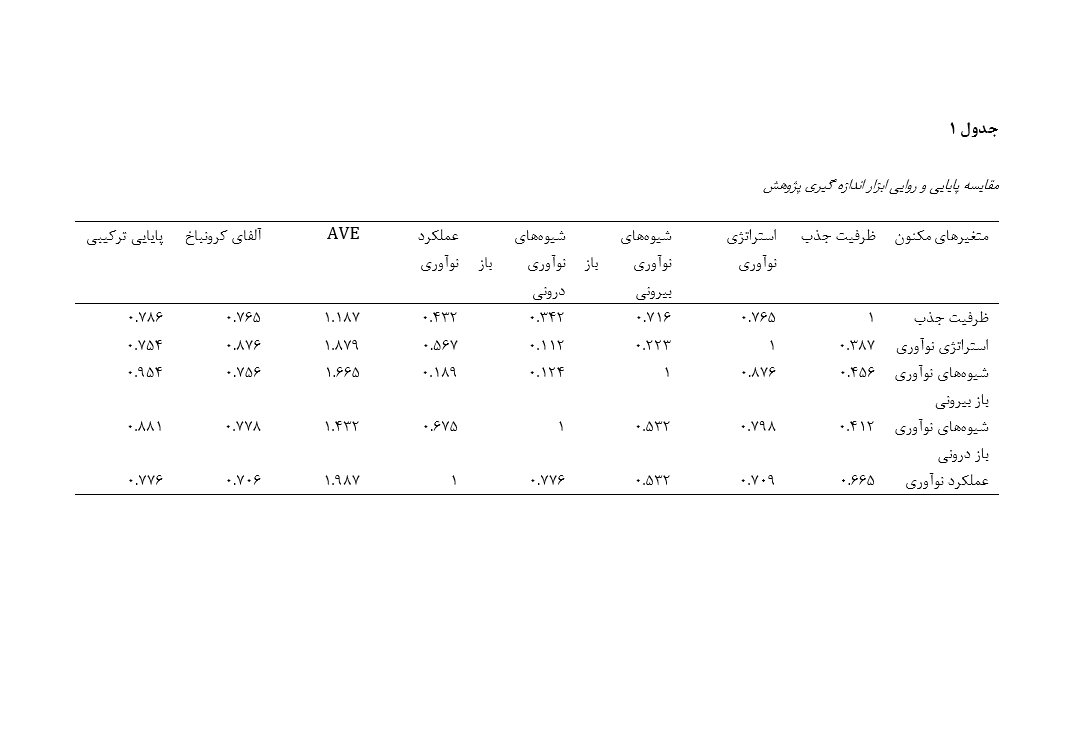
دانلود
چاپ شده
ارسال
بازنگری
پذیرش
شماره
نوع مقاله
مجوز
حق نشر 2025 تکنولوژی در کارآفرینی و مدیریت استراتژیک

این پروژه تحت مجوز بین المللی Creative Commons Attribution-NonCommercial 4.0 می باشد.
